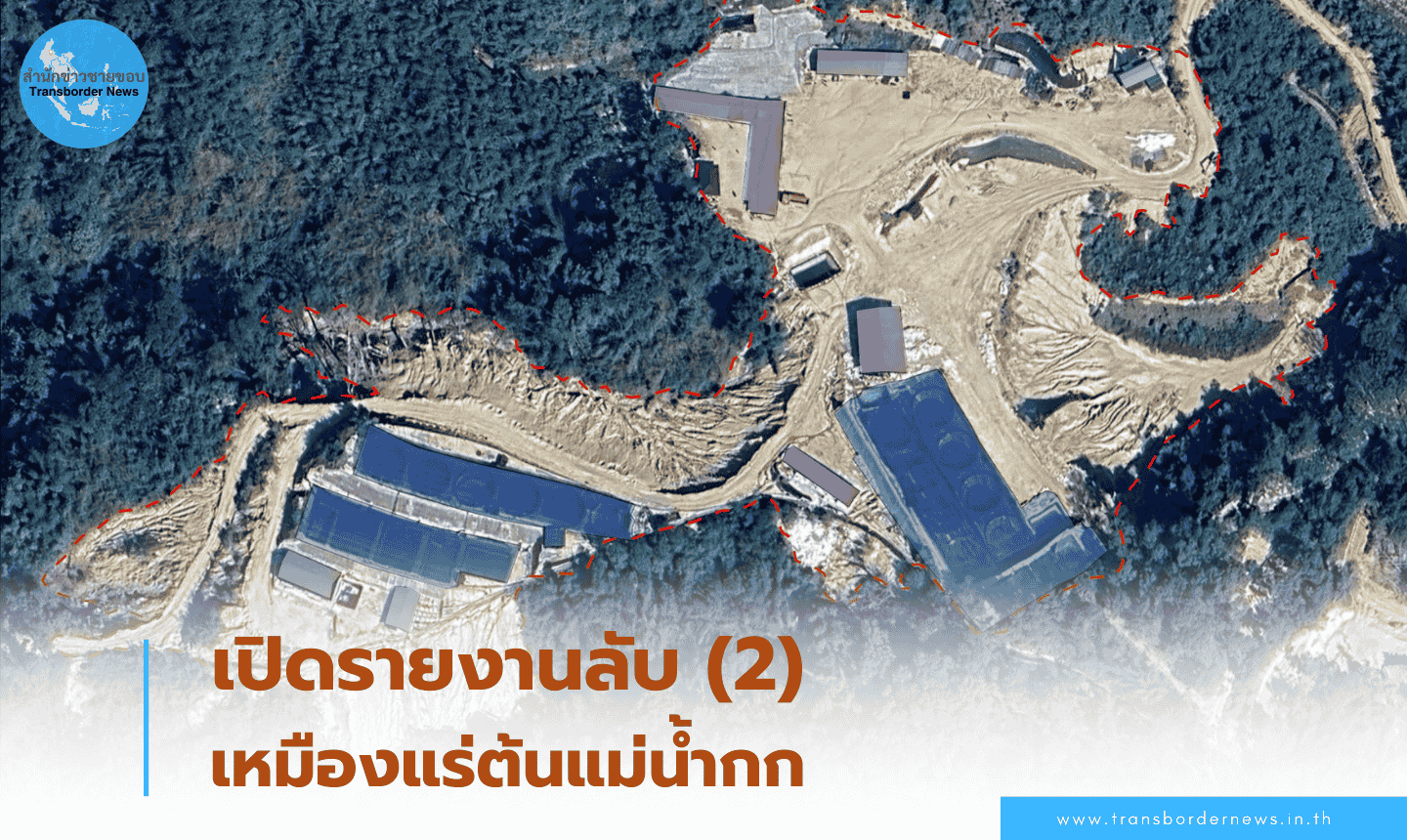June 26, 2025 — The Office of Environmental and Pollution Control Region 1 in Chiang Mai has released alarming findings on water pollution in four major rivers in northern Thailand: the Kok, Sai, Ruak, and Mekong Rivers. The report, based on the fifth round of water and sediment sampling, confirms that levels of heavy metals—including manganese, lead, and arsenic—are significantly above national safety standards.
In the Kok River, lead was found in excess at multiple locations, with levels reaching 0.082 mg/L in Chiang Rai’s Mueang District, over the national standard of 0.05 mg/L. At Mae Fah Luang Bridge and Ban Pong Na Kham, lead levels measured 0.064 mg/L and 0.062 mg/L respectively. Manganese also exceeded limits, reaching 1.6 mg/L at Ban Ja Der and 1.5 mg/L at Ban Pong Na Kham, surpassing the 1.0 mg/L safety threshold. Arsenic contamination was detected along a broad stretch from the Thai–Myanmar border in Mae Ai District, Chiang Mai to central Chiang Rai, with values ranging from 0.011 to 0.047 mg/L.
In the Sai River, turbidity was extremely high, ranging from 628 to 2,559 NTU, due to strong monsoon flows and riverbed dredging near Ban Hua Fai in Mae Sai District. Arsenic levels exceeded safety standards at all test sites, ranging from 0.017 to 0.049 mg/L. The fifth test found lead levels at 0.081 mg/L in Ban Hua Fai and 0.083 mg/L near the Second Sai River Friendship Bridge. Manganese was also recorded at 1.2 mg/L at both locations, correlating with high turbidity.
In the Mekong River, turbidity ranged from 245 to 352 NTU, with the highest levels found just downstream of the Ruak River’s confluence at the Golden Triangle. At three locations in Chiang Saen, arsenic was found to exceed the standard (0.036 and 0.045 mg/L).
The report from the Chiang Mai environmental office also includes several key analyses. First, water quality near the Myanmar border in both the Kok and Sai Rivers consistently showed unusually high turbidity and arsenic levels, indicating upstream mining activity as a probable cause. Second, the arsenic detected in the Mekong appears to originate from upstream tributaries, specifically the Sai and Ruak Rivers, which showed consistent exceedances along their courses. The report suggests further testing of water flowing from Laos into the Mekong is needed for a complete picture.
The department found that arsenic levels dropped below safety limits after filtering out suspended particles, indicating the metal is mostly attached to sediment. Arsenic levels also rose with turbidity during the rainy season, especially in heavily affected downstream sites. Dredging in May and June further stirred up sediment, increasing both turbidity and arsenic levels compared to earlier in the dry season. The Pollution Control Department announced it will continue regular monitoring to track contamination trends and inform policy and public health responses to protect communities that rely on these water sources.
See original Thai article https://transbordernews.in.th/home/?p=43122







